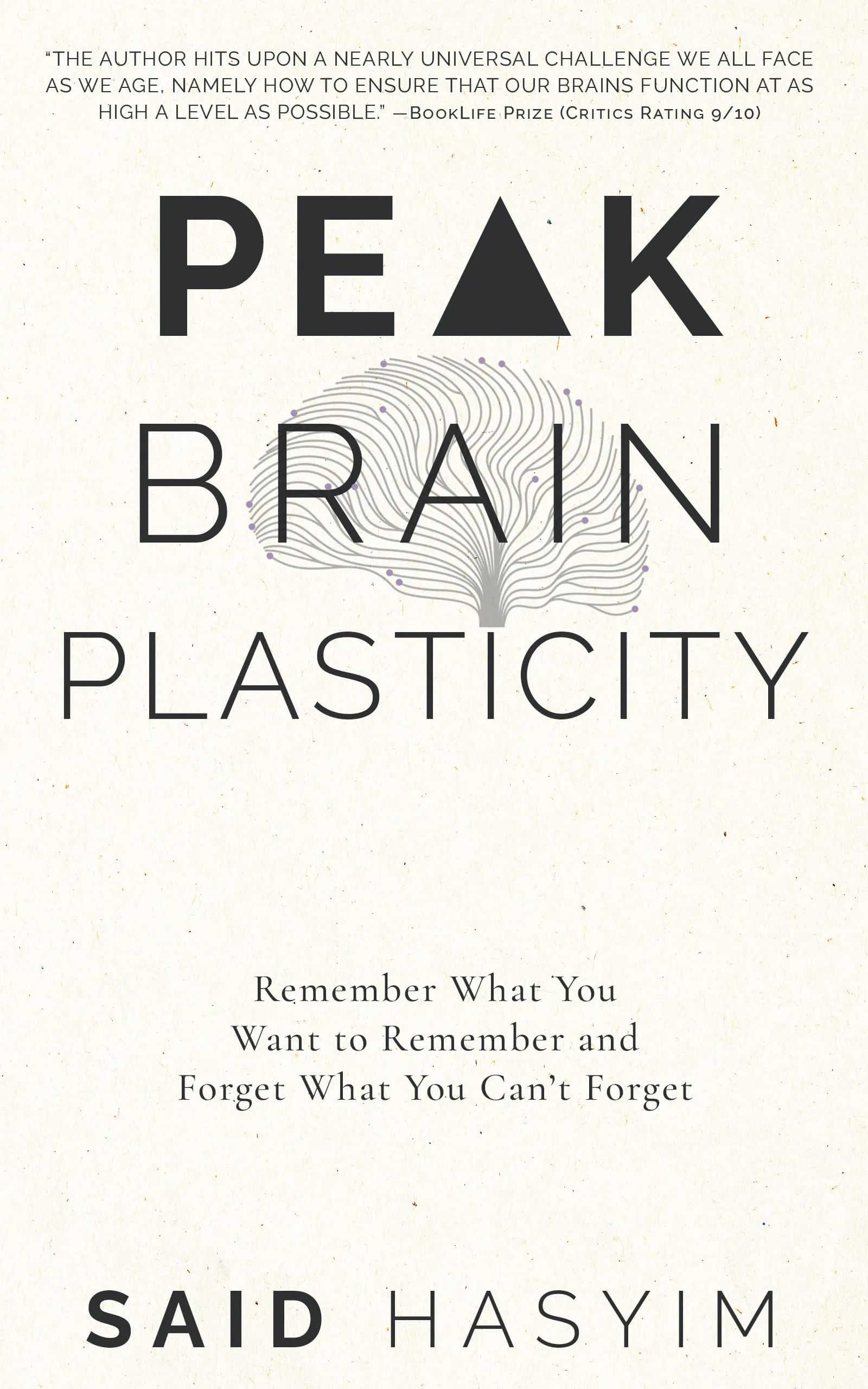Memory and Emotion: How They Interact
Memory and emotion are intricately linked components of our cognitive experience, shaping the way we perceive the world and interact with it. From the moment we are born to the time we take our last breath, our memories are intertwined with feelings, making each experience unique. Understanding how memory and emotion interact can illuminate various aspects of human behavior, mental health, and even the way we learn.
The Science Behind Memory and Emotion
The Brain’s Structure
To appreciate how memory and emotion affect each other, we must look at the brain's architecture. Several structures are involved in memory formation and emotional processing, notably the hippocampus and the amygdala.
Hippocampus: This region is primarily responsible for the formation of new memories. It helps us encode, store, and retrieve memories, allowing us to navigate the world and learn from our experiences.
Amygdala: This small almond-shaped cluster of nuclei plays a pivotal role in processing emotions, particularly fear and pleasure. The amygdala interacts closely with the hippocampus, facilitating the encoding of emotional memories.
How Emotion Influences Memory Formation
Emotions can significantly enhance or impair memory retention. Experiences that evoke strong emotions—whether positive or negative—are generally remembered better than neutral events. Here’s how:
Prioritization of Events: Emotionally charged experiences often signal to the brain that something important has happened. This prioritization increases the likelihood that these events will be stored in long-term memory.
Chemical Responses: The release of neurotransmitters like dopamine and norepinephrine during emotional events enhances memory formation. These chemicals facilitate communication between neurons and can strengthen synaptic connections.
Contextualization: Emotional memories are often contextualized by the feelings associated with them. For example, joyful memories may evoke a sense of warmth and comfort, while traumatic experiences may trigger anxiety or fear.
Memory Influencing Emotion
Conversely, our memories can evoke emotions even long after the initial experience has passed. This might be evident when:
Nostalgia and Reminiscence: Reflecting on positive past experiences can elicit feelings of joy and warmth. These emotions often arise when we remember the context, the people involved, and the happiness experienced at that moment.
Triggers and Associations: Certain stimuli can trigger memories associated with strong emotions. For instance, a specific scent might remind someone of a loved one and evoke feelings of affection or longing.
Revisiting Trauma: In contrast, memories of traumatic events can bring forth negative emotions such as sadness, fear, or anger. This reactivation can lead to flashbacks or heightened anxiety, contributing to conditions such as PTSD.
The Role of Memory in Emotional Regulation
Understanding the interaction between memory and emotion also sheds light on emotional regulation processes. How we recall memories can dramatically affect our mood and emotional state. Here are a few ways this dynamic plays out:
Cognitive Behavioral Techniques
Many therapeutic approaches utilize the interplay between memory and emotion to foster emotional regulation. Cognitive Behavioral Therapy (CBT), for example, encourages individuals to revisit negative memories in a supportive setting to reframe their thoughts and shift their emotional responses. By reshaping how we perceive specific events, we can lessen the emotional weight they carry.
Mindfulness and Emotion Regulation
Mindfulness practices focus on being present and observing thoughts and feelings without judgment. These techniques can help individuals create a different relationship with their memories. By cultivating an awareness of emotional responses attached to specific memories, individuals can learn to respond more calmly, reducing impulsive reactions based on past experiences.
Memory Reconsolidation
The concept of memory reconsolidation refers to the process of reconsolidating memories when they are recalled. During this time, memories can be altered or recontextualized. This principle is often exploited in therapeutic settings, where re-exposure to a traumatic memory can lead to a reduction of its emotional impact.
The Impact on Learning
The interplay between memory and emotion is not just limited to our personal experiences but also extends to the realms of education and learning. Emotional connections with educational content can enhance engagement and retention, leading to more effective learning outcomes. Here’s how:
Engaging Emotions in Learning
When learners are emotionally engaged with material, they tend to remember it better. For example, storytelling in teaching can evoke emotional responses and make information more relatable and memorable.
Creating a Positive Learning Environment
Educators can foster emotional well-being in classrooms, which can lead to better learning experiences. Stress and anxiety can impair memory retention, thus creating a supportive and positive atmosphere can enhance not only emotional health but also learning outcomes.
Emotions and Memory Cues
Incorporating emotion-laden cues can serve as powerful memory aids. Students who associate specific content with an emotional experience are likely to recall it more readily during assessments.
Conclusion
The interaction between memory and emotion is a fascinating area of study that has far-reaching implications for understanding human behavior, emotional health, and learning processes. Recognizing how our memories shape our emotional experiences—and vice versa—provides a deeper insight into our daily lives and interactions. Whether through the lens of therapy, education, or simple human experience, the link between memory and emotion is undeniable and deserves continued exploration.
By understanding these intricate connections, we can enhance our emotional regulation, improve learning, and foster healthier relationships. As we navigate through life, remembering the powerful interplay between these two essential facets of our cognitive landscape can empower us to better manage our feelings and experiences.
Harness the Power of Neuroplasticity
Discover Peak Brain Plasticity, a practical book to harnessing neuroplasticity. Enhance your memory, learn new languages quickly, and alleviate anxiety with effective study methods. Uncover daily habits that impact cognitive health and explore techniques for accelerated learning and memory retention. Unlock your brain's potential for growth and transformation.
